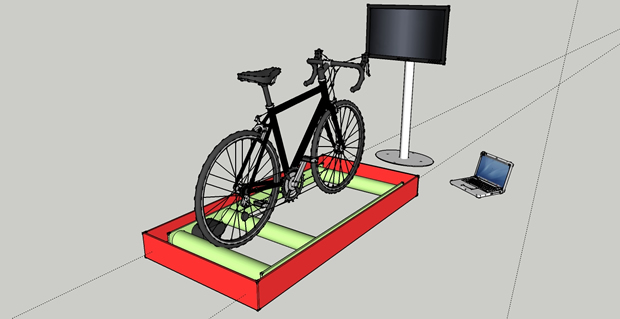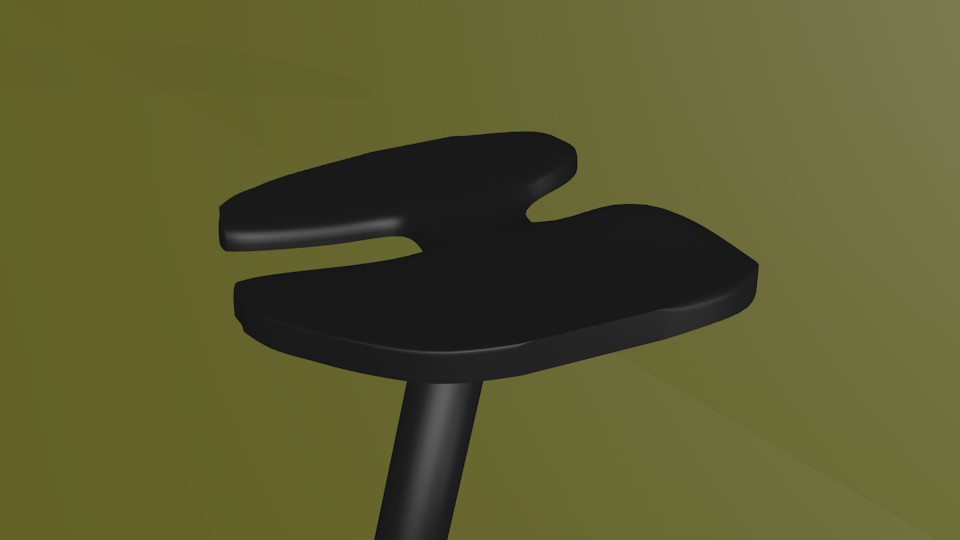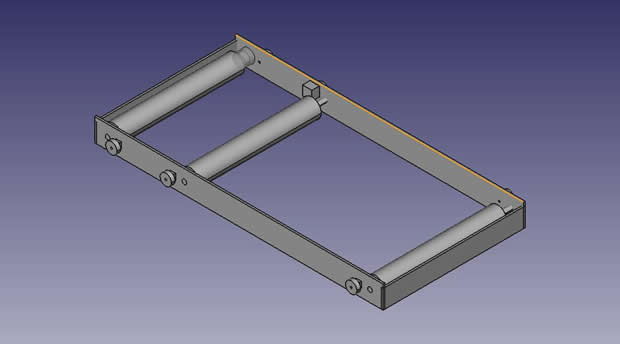Week 2: Computer-aided design
SketchUp

I decided to use the freely available SketchUp program to generate concept drawings of my cycling rollers project. The basic tutorials for SketchUp are easy to follow and provide all the tools needed to produce a basic drawing. SketchUp is good for quick free drawing in 3D. It has an extensive library of building and interior design elements available for import from its warehouse. In my view, it is biased towards architectural design. I am not sure how easy the surface and line generated elements will be to use for a complex engineered assembly.
Blender

I also wanted to explore the design of more organic forms. Blender seems to be a very polished, highly capable package given it is free to download. The tutorials were a little difficult to use, not being based on examples from the start. I had to spend an hour or so reading about the various tools prior to using them for the first time. The practical tutorial was good and lead me through the design and rendering of a mesh element shape. I then applied this to a project I have in mind for the Cyclehax concept – an ergonomic racing bicycle saddle. The design is intended to reduce the contact area with the rider to the minimum necessary and for the saddle to be an integrated with its seat post. This will serve to maximise functionality whilst minimising weight. It is likely to be made from a carbon fibre composite. I completed a preliminary concept design and rendered it.
FreeCAD

In order to prepare files for the fabrication of the cycling training rollers project, I felt I needed to try a more precise package than SketchUp. FreeCAD offers 3D elements, precisely positioned and therefore the accuracy needed to arrange and produce complex assemblies. The tutorial help for FreeCAD is sparse as the program appears to be still in active development. Nevertheless, it is reasonably intuitive to use. So far, I have produced an arrangement of the inner carriage assembly of for the rollers.